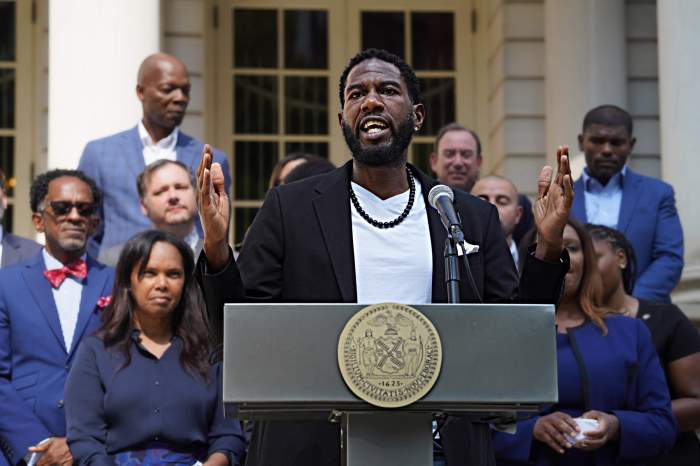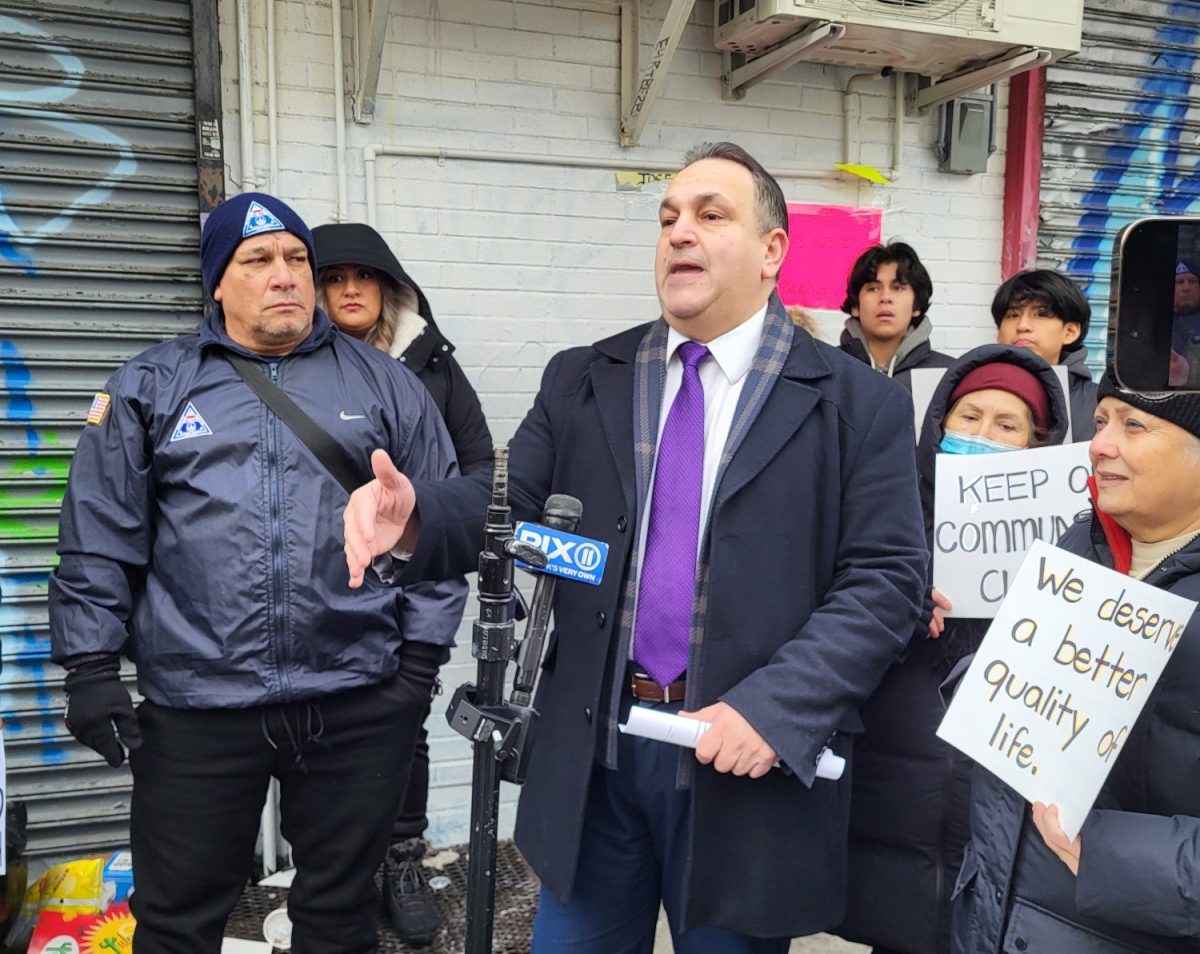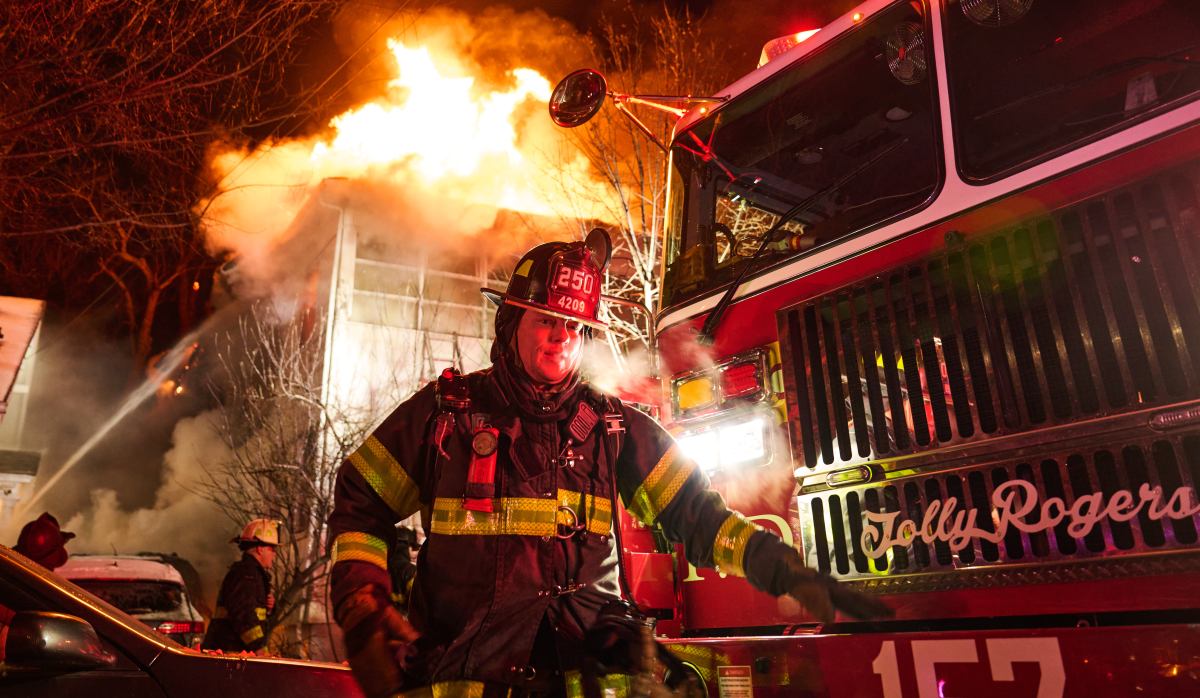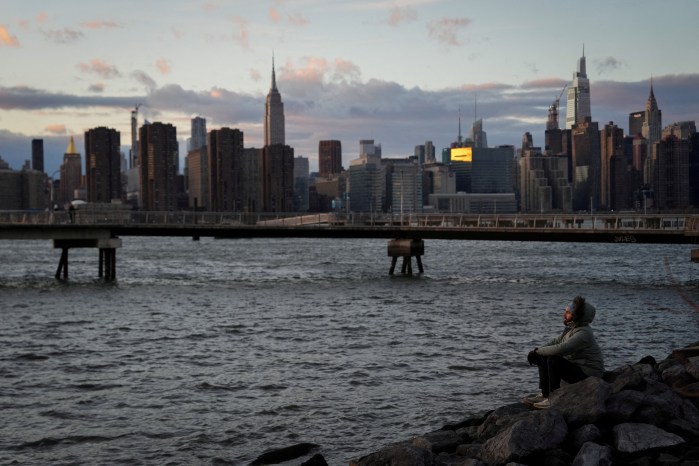
Mayor Bill de Blasio announced a proposal to limit the use of glass and steel in building facades on Monday, while unveiling a series of environmentally friendly initiatives, including a requirement for larger buildings to cut emissions and a plan to purchase hydropower.
De Blasio dubbed his platform New York City’s Green New Deal. Its name nods to national efforts to transition the economy toward more sustainable endeavors, recently popularized by Rep. Alexandria Ocasio-Cortez (D-Bronx/Queens). The city’s Green New Deal debuted on Earth Day as de Blasio publicly weighs a run for president.
"We make very clear we are not waiting on Washington, D.C. because that would be to our peril," de Blasio said. "We are not waiting on leaders who deny global warming is even happening."
Citing slim, glass towers in Hudson Yards, the mayor said his administration would shepherd through legislation in 2019 that prevents new buildings from being composed of traditional glass and steel — both poor insulants — because they waste heat and electricity and drive up carbon emissions.
Such shells would not be permitted under the revised building energy code unless they include a newer glass that better retains heat and absorbs sunlight, or the structure offsets the air leakage with efficient temperature control systems or other new technology, de Blasio said.
"What it’s going to mean is building owners won’t build those type of buildings, or if they choose to, they’re going to do a lot to compensate with other energy saving measures," de Blasio said.
Cornell Tech’s main building and the American Copper Building in Midtown East incorporate the more modern glass, according to Mark Chambers, the director of the Mayor’s Office of Sustainability.
When asked when the legislation would be introduced and how it would change the energy code, the mayor said he would provide more details later.
The administration would be wise to shift its focus toward buildings’ energy footprint, rather than just their shells, according to Michael Sorkin, director of the Graduate Program in Urban Design at City College of New York’s Spitzer School of Architecture.
"Banning ‘inefficient glass walled buildings’ is surely a fine idea, too, but the point is to ban inefficient buildings full stop. Glass properly used can be part of a very sustainable architecture," Sorkin said. "The devil is in the details and I do await both numbers and strategy before this laundry list becomes believable."
Beyond building facade material, de Blasio said the city will begin negotiating to purchase Canadian hydropower, with the goal of striking a deal by the end of 2020 and powering all city operations with renewable sources of electricity within five years.
The mayor announced he would sign a measure passed by the City Council Thursday, which mandates that buildings over 25,000 square feet cut their carbon emissions by 40% by 2030; and curtail them by 80% by 2050.
The Real Estate Board of New York, a landlord trade group, said the measure will increase costs for owners.
De Blasio countered by saying larger buildings are collectively responsible for at least 30% of the city’s carbon emissions and improving their output needs to be a priority.
"Any landlord who does not achieve these goals will be subject to fines of up to $1 million per year. In some cases, in the largest buildings, it could be over $1 million," de Blasio said. "That’s real money and it sends a real message that this has to happen."
With Lisa L. Colangelo


































